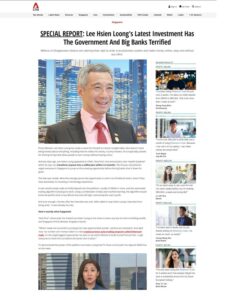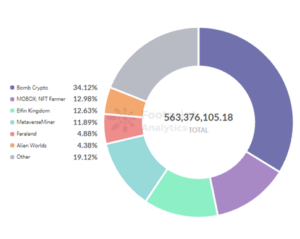
The Forex market is the most traded market with a daily turnover of $5 billion, overcoming all national stocks combined. Therefore, launching a Forex brokerage business is an attractive business model with so much capital share at play. However, forming a Forex brokerage comes with its challenges. Below we will list the 7 steps to successfully launching a flawless Forex business.
Forex broker marketing
Conduct a market analysis to identify which type of audience your platform will cater to. Create a customer persona that includes your audience’s age, gender, income level, among others. The data will help Forex businesses create a user acquisition and retention strategy. The strategies will also help establish a multi-year budget to ensure enough capital is available.
Licensing
To become a Forex broker, businesses should apply for a broker license. Starting a brokerage business in established jurisdictions, such as Switzerland or the U.S. increases users’ trust; however, it requires more capital equity than an off-shore license. In addition, if brokers consider an off-shore license, they need to weigh the drawbacks of having limited banking support due to country-specific regulations.
Payment solutions
The availability of payment solutions adds to a broker’s ability to maximize their reach and financial return. Therefore, Forex brokers should select and add payment providers used by their target audience in the specific jurisdiction. Furthermore, brokers should go above and beyond to ensure users’ trust by adding extra security features such as KYC/AML and ID verification to decrease the chances of losing users’ funds.
Forex broker software
A Forex broker should contract a software provider to build out the brokerage platform. The platform should include a Trader’s Room as the hub for every user-platform interaction including, fund withdrawal or PAMM accounts. Additionally, the platform has to include the Trading Platform as a gateway for users to trade and ensure they are flawlessly developed. Future Forex brokers could opt for a Turnkey solution, expedite the go-to-market process, and substantially decrease development costs.
Choosing Forex business model
Brokers should define their selected business model and how they approach profit margins. First, brokers can opt between the B-book model, acting as market makers and playing against the trader. Secondly, an A-book model is more accessible and less risky because brokers act as mediators between traders and liquidity providers.
Liquidity
Selecting an A-book model requires more collaboration and strategizing than simply sending out trades. Brokers can connect to a single liquidity provider; however, the Forex platform is dependent financially and technologically on the provider. The second option involves using a liquidity aggregator and allowing traders to select between the best market prices. The NBLP offers businesses more freedom.
Once the platform is launched, businesses should not go idle. Instead, they should prepare for changing market conditions and offer a good user experience, which involves hiring the best talent in the company and creating a support center where any issues are rapidly addressed and fixed.
Starting a Forex broker business is not easy, but knowing all the important factors to consider will give you a head start.
Source: https://cryptoverze.com/starting-a-forex-brokerage-in-7-steps/
- 7
- acquisition
- Act
- addition
- All
- Allowing
- among
- analysis
- approach
- audience
- availability
- available
- Banking
- BEST
- Billion
- broker
- brokerage
- brokers
- build
- business
- business model
- businesses
- capital
- challenges
- chances
- collaboration
- company
- contract
- Costs
- could
- Creating
- data
- developed
- Development
- equity
- established
- experience
- extra security
- factors
- Features
- financial
- First
- forex
- Freedom
- fund
- funds
- future
- Gender
- good
- having
- head
- help
- Hiring
- How
- HTTPS
- identify
- important
- Including
- Income
- interaction
- issues
- IT
- jurisdictions
- launching
- Level
- License
- Limited
- Liquidity
- List
- Market
- Market Analysis
- model
- more
- most
- National
- offer
- Offers
- Option
- Others
- payment
- platform
- Play
- process
- Profit
- provider
- regulations
- security
- selected
- Share
- So
- Software
- Solutions
- start
- Stocks
- strategies
- Strategy
- Successfully
- support
- Talent
- Target
- trade
- trader
- Traders
- trades
- Trust
- users
- Verification
- weigh











